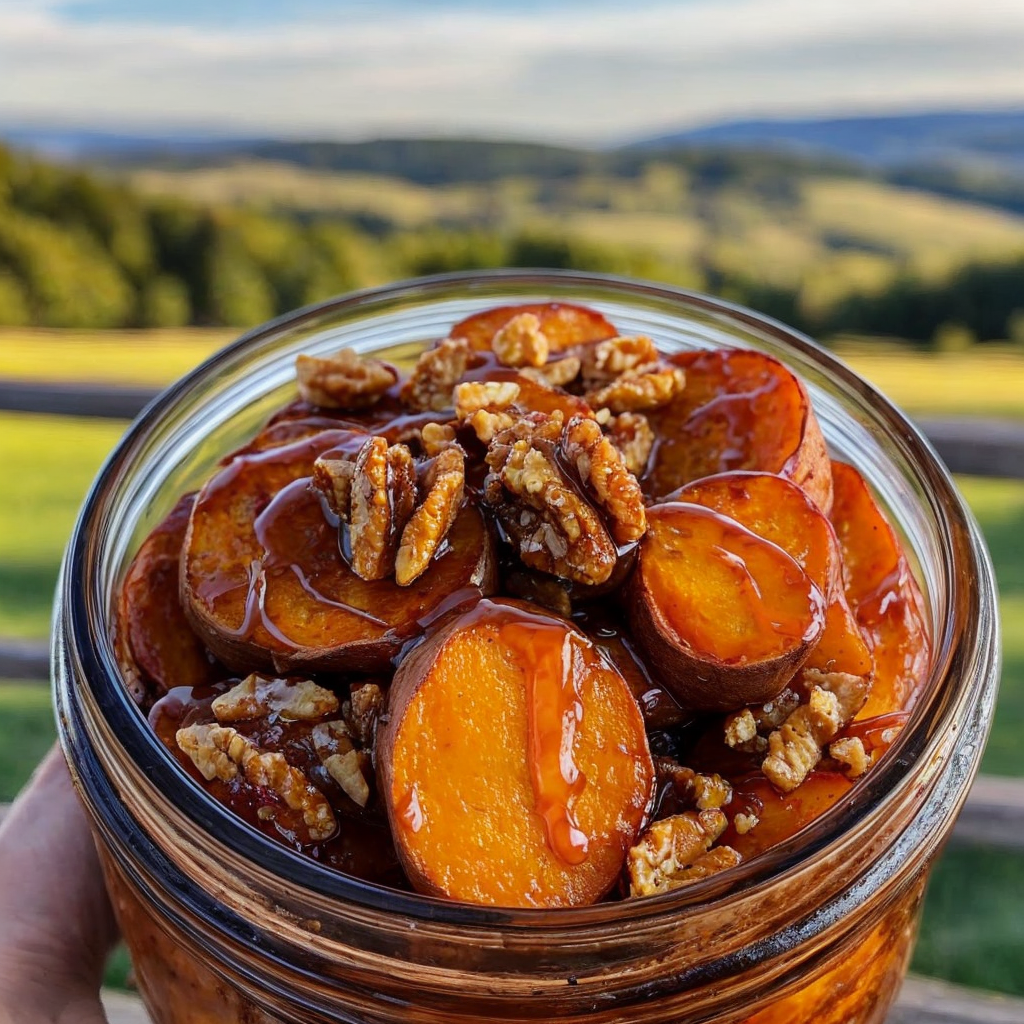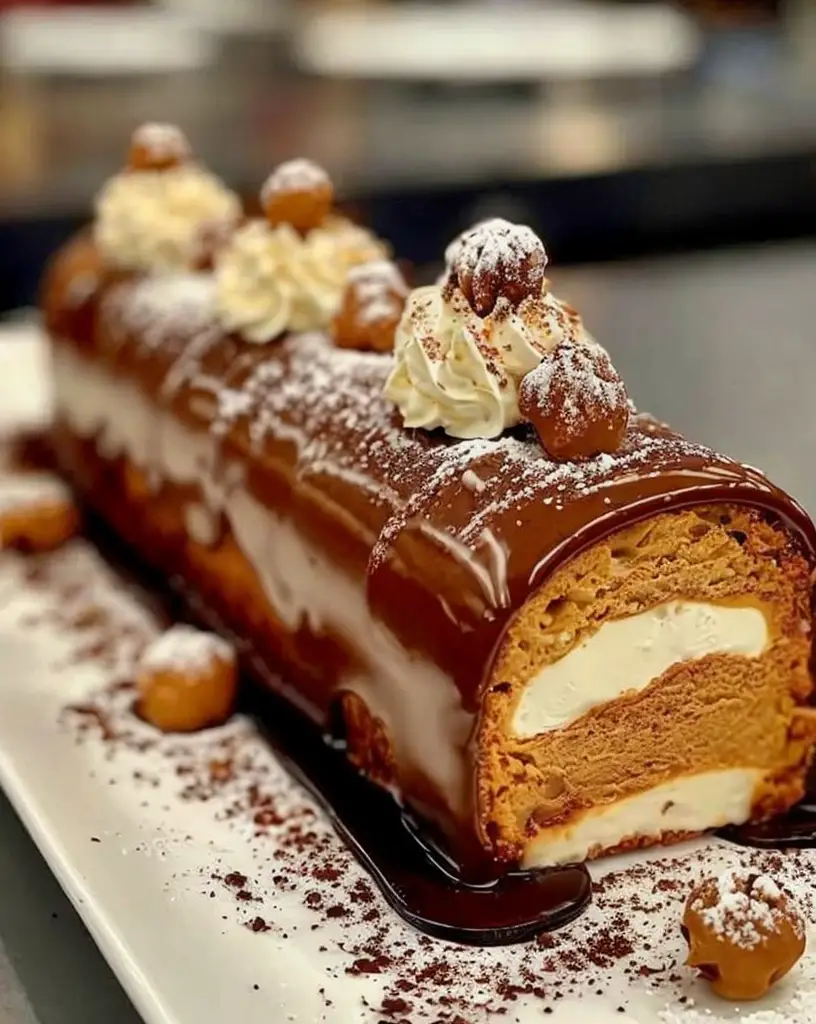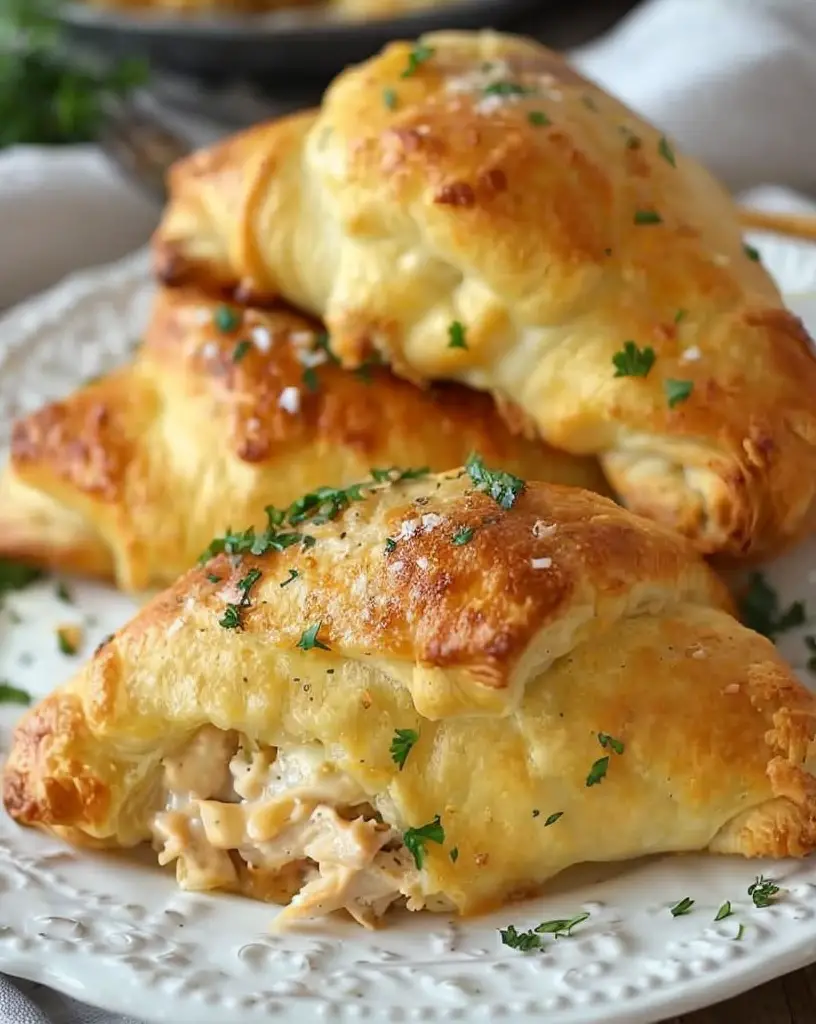Decadent Chocolate Roll Cake: A Sweet Delight for Every Occasion
Experience pure joy with this indulgent Chocolate Roll Cake that’s perfect for any celebration. This delightful dessert is characterized by a rich chocolate sponge rolled with a creamy filling, promising a symphony of flavors with each bite. Imagine a soft, spongy roll cake that melts in your mouth, leaving a velvety chocolate aftertaste. The combination of bittersweet chocolate and sweet cream creates a balanced flavor profile that is nothing short of heavenly. Moreover, its beautiful swirl makes it a showstopper at any gathering.
Quick Recipe Highlights
- Flavor Profile: The Chocolate Roll Cake offers a delightful balance between rich cocoa and light buttercream, resulting in a sweet yet subtle chocolate experience.
- Texture: Expect a soft and spongy cake layer enveloping a rich, creamy filling, creating a perfect harmony of moist and fluffy textures.
- Aroma: Enjoy the inviting aroma of freshly baked chocolate combining with a hint of vanilla from the whipped cream.
- Visual Appeal: The elegant spiral of chocolate cake brilliantly contrasts against the lighter cream filling, making it as visually appealing as it is delicious.
- Skill Level Needed: Ideal for those with moderate baking experience; mastering the cake’s rolling technique is crucial for success.
- Special Equipment: You’ll need a jelly roll pan, parchment paper, and a cooling rack to create this masterpiece.
Recipe Overview
- Difficulty Level: The recipe requires intermediate skills; while the steps are straightforward, precision is key for rolling the cake without cracks.
- Category: This chocolate roll cake fits perfectly into the dessert category, making it an ideal sweet treat for festive occasions.
- Cuisine: Rooted in European culinary traditions, this dessert has been adapted worldwide with various delicious twists.
- Cost: Expect moderate costs, with quality chocolate being the primary expense, but it’s well worth the investment for the premium taste.
- Season: Perfect for any season, but notably popular during festive months and winter, as chocolate provides comfort and warmth.
- Occasion: An impressive choice for birthdays, anniversaries, or holiday celebrations, cherished for its classic taste and attractive presentation.
Why You’ll Love This Recipe
Taste and texture combine in an irresistible duo to make this Chocolate Roll Cake a standout. With every bite, you’ll enjoy the soft, spongy cake complemented by the rich, velvety cream filling. The flavor is neither too sweet nor too bitter, striking the perfect balance that appeals to both chocoholics and moderate dessert lovers.
Beyond taste, the Chocolate Roll Cake offers a blend of convenience and customizability. Though it requires some precision, the preparation process is rewarding and allows for creative touches to personalize the taste—such as adding a hint of coffee or a splash of rum to the filling.
Nutritionally, the Chocolate Roll Cake offers a range of ingredients like cocoa, providing antioxidants, and moderate servings of butter and sugar, allowing indulgence without guilt. Substituting with dairy-free or sugar-free options further enhances its adaptability for various diets without sacrificing flavor.
Socially, this cake serves as a conversation starter. Its appealing swirl and luscious filling invite admiration and inquiry, making it ideal for entertaining. It’s delightful to see your guests relishing each slice while complimenting the craftsmanship involved in creating such a showstopper.
Finally, the Chocolate Roll Cake remains an accessible dessert option for those desiring elegance without excessive expense. With common pantry ingredients combined with good quality chocolate, this cake can be put together without breaking the bank, summing up deliciousness and affordability in one.
Historical Background and Cultural Significance
The Chocolate Roll Cake, with its European roots, traces back to Swiss rolls crafted in the late 1800s. Known initially as “jelly rolls,” these cakes evolved from the simpler sponge cakes inspired by British baking traditions but featured innovative filling and rolling techniques.
Culturally, this cake enjoys popularity across the globe, with numerous variations appearing in countries like Switzerland and Austria. Its evolution reflects a passion for chocolatier finesse, representing an indulgence paired with sophisticated baking artistry.
Many regions add unique touches, including mascarpone or fruit jams, to traditional recipes. These adaptations show the cake’s resonance among culinary enthusiasts worldwide, with roll cakes becoming synonymous with festive cheer.
Local spins include the Japanese “chiffon roll,” lighter and airier, and the American chocolate log with decorative icing. These variations highlight not only regional palates but also innovative culinary approaches, making the Chocolate Roll Cake a beloved global phenomenon.
Ingredient Deep Dive
Examining the main ingredient, chocolate, reveals its rich history and significance. Chocolate originates from Mesoamerica, where it was revered as a sacred gift and used in both culinary and ceremonial contexts. Today, fine chocolate is celebrated for its complex flavors, determined by cocoa bean quality and processing techniques.
Nutritionally, chocolate offers antioxidants and mood-enhancing properties linked to its flavonoid content. When selecting chocolate, opt for a high cocoa percentage for intense flavor and minimal additives. Store chocolate in a cool, dry place to prevent blooming and ensure freshness.
Flour also plays a key role in the cake’s structure, specifically all-purpose flour which provides just the right gluten content for a tender crumb. Ensure you use fresh flour, stored in an airtight container to maintain its quality for this recipe.
Common Mistakes to Avoid
- Overmixing the batter leads to a dense texture; gently fold until just combined for the best results.
- Incorrect oven temperature can result in uneven baking; use an oven thermometer to ensure accuracy.
- Skipping parchment paper is risky; it helps release the cake smoothly from the pan, preventing sticking.
- Rolling while hot or too cold can cause cracks; roll while warm utilizing a damp towel to support the shape.
- Inadequate cooling time can result in a soggy texture; allow the rolled cake proper rest to firm the layers.
- Underbeating the cream filling may leave it loose; whip to soft peaks for perfect consistency.
- Filling spread too thin can compromise the flavor; ensure an even layer for balanced bite in every slice.
- Lack of refrigeration time affects setting; chilling stabilizes the cake, making it easier to slice neatly.
Essential Techniques
Mastering the roll technique is crucial for a flawless Chocolate Roll Cake. This involves carefully flipping the sponge onto a sugared towel, peeling off the parchment, and rolling it briskly with the towel to encourage shape memory. Allow it to cool in this rolled state to set the structure before unrolling and adding filling.
When whipping the cream, avoid over-whipping, which can create butter. Look for soft peaks as a visual cue for perfection. If flavors are to be infused, such as vanilla or liquor, incorporate them towards the end of the whipping process to preserve texture.
Pro Tips for Perfect Chocolate Roll Cake
Achieve a smooth roll by using stable parchment paper larger than the pan to facilitate easy lifting. While rolling, employ an even hand for a neat spiral effect, and allow the cake to cool enough before applying filling to prevent melting.
When spreading filling, start at one end, leaving a small border to account for spreading as you roll. Use quality, high-fat chocolate for best flavor, and refrigerate overnight for ideal sliceability and maintained freshness.
For a seamless finish, trim edges for evenness and dust with cocoa powder or confectioners’ sugar as a decorative touch. If slicing unevenly, dip the knife in hot water and wipe dry to cut cleanly without smearing filling.
Variations and Adaptations
The versatility of a Chocolate Roll Cake allows for creative regional variations. Enhance it with salted caramel or fruit jams for a unique spin. Seasonal berries, like raspberries or strawberries, can be added to the filling during summer for a fresh, zesty contrast.
For a dietary adaptation, use gluten-free flour and whipped coconut cream for a dairy-free option without compromising taste. Keto enthusiasts may replace sugar with erythritol and almond flour to lower carbs while preserving texture.
Presentation can vary from classic, dusted with cocoa, to lavish chocolate ganache coats or intricate patterns using chocolate molds. Known for its flexibility, this cake can suit both traditional and modern tastes alike.
Serving and Presentation Guide
Present the Chocolate Roll Cake with finesse by placing it on a decorative platter. Garnish with shavings of dark chocolate or edible gold flakes for a luxurious touch. For a berry-infused version, consider placing fresh berries and mint leaves on top for a pop of color.
Adopt traditional accompaniments like a rich vanilla custard or contrast with the tang of a berry coulis. Ensure the cake is served chilled but not too cold to preserve its luscious texture, allowing it to warm slightly to room temperature.
For portion control, slice with a sharp serrated knife, offering nice even rounds that reveal the cake’s iconic swirl, pleasing both the eyes and palate.
Wine and Beverage Pairing
Pair your Chocolate Roll Cake with a robust port or rich dessert wine such as a late-harvest Zinfandel; these enhance the chocolate’s depth and complement the creamy filling. Non-alcoholic options include hot chocolate or aromatic spiced chai, each offering warmth and variety.
Consider freshly brewed espresso to balance the sweetness, providing a delightful contrast. When serving, ensure wines are slightly chilled, and non-alcoholic options are served warm to heighten sensorial enjoyment.
Storage and Shelf Life
Store the Chocolate Roll Cake in an airtight container to maintain its moisture. Keep refrigerated but allow it to rest at room temperature for about 10 minutes before serving for optimum flavor and texture. Check for any discoloration or off smells as signs of spoilage.
Should you wish to freeze leftovers, wrap tightly in plastic followed by foil to avoid freezer burn. Defrost overnight in the fridge, rather than at room temperature, to ensure the integrity of the cake remains intact.
Make Ahead Strategies
For effortless entertaining, prepare the cake a day in advance. Make the sponge and roll with the towel; then let it rest vertically in the fridge. This cools the cake while maintaining shape, ready to unroll and fill.
Once filled and rolled, storing it wrapped in plastic will ensure freshness. For last-minute touch-ups, keep reserved fillings to pipe as garnish post-defrosting, ensuring the final presentation is as fresh as the pre-prepared cake.
Scaling Instructions
When halving the recipe, use a proportionally smaller pan to maintain the sponge layer’s thickness and adjust baking times accordingly. Doubling necessitates larger baking equipment and possibly adjusting the oven rack to accommodate heat distribution.
Consider freezer space if multiple cakes are made, as preserving them in ideal conditions ensures enjoyment remains top-notch. Adjust delays in cooling to allow each rolled cake ample time to stabilize, ensuring consistent quality regardless of batch size.
Nutritional Deep Dive
This Chocolate Roll Cake presents a nutritious balance, with cocoa offering antioxidants and moderate sugars contributing energy. While high in fats from cream, portion control can help maintain a balanced dessert option.
Emphasizing a fiber-rich filling by adding fruits can enhance the cake’s nutritional profile. Each slice should maintain a healthy indulgence, offering a micro and macronutrient balance as part of a mindful diet.
Dietary Adaptations
For gluten-free adaptations, use a trusted substitute blend that provides elasticity comparable to standard flour. Substitute dairy creams with plant-based alternatives like coconut or almond cream for a delicious dairy-free version.
Consider paleo options by replacing traditional sugars with natural sweeteners like honey or maple syrup, enhancing both flavor and nutritional profile while adhering to dietary preferences.
Troubleshooting Guide
If texture issues arise, consider adjusting the baking time or temperature; underbaking can result in collapsible cakes, while overbaking leads to dryness. For flavor imbalances, enhance with extracts or zests to adjust sweetness.
Temperature problems during cream whipping can be remedied by chilling tools beforehand. Should equipment challenges present themselves, consider multi-use tools like a food processor to simplify ingredient preparation, ensuring a smooth process.
Recipe Success Stories
Our community loves the flexibility of this Chocolate Roll Cake. One reader adapted it with matcha cream for a unique twist, while another used it as a base for a festive Yule log, complete with meringue mushrooms and chocolate bark.
Successful adaptations include berry variants for summer picnics and a non-dairy version that retains rich, chocolatey decadence. Readers suggest capturing the cake’s curve when photographing, enhancing its visual allure with lighting to bring out its glossy finish.
Frequently Asked Questions
A: Absolutely! Dark chocolate will lend a more intense flavor, which complements the sweetness of the cream filling beautifully.
Q: What can I use instead of cream in the filling if lactose intolerant?
A: Coconut cream is an excellent substitute, providing a similar consistency with a slight coconut undertone that pairs well with chocolate.
Q: How do I prevent the cake from cracking?
A: Roll the cake while still slightly warm with a damp towel to avoid cracks caused by dryness or brittleness.
Q: What’s the best way to store the cake if made ahead of time?
A: Wrap tightly in plastic film and keep refrigerated. It can last up to three days while maintaining its flavor and texture.
Q: Can I freeze the Chocolate Roll Cake?
A: Yes, ensure it’s tightly wrapped. Defrost in the fridge to preserve the cake’s quality.
Q: What’s a good alternative to parchment paper for rolling?
A: A silicone baking mat can work, though parchment ensures easy handling.
Q: How can I add a coffee flavor to the cake?
A: Try adding a teaspoon of instant coffee powder to the batter for a subtle mocha twist.
Q: Should I ice the cake after rolling?
A: It’s not necessary, but an extra layer of ganache or glaze can elevate both taste and presentation.
Q: Can I use icing sugar instead of granulated in the cake batter?
A: Icing sugar can alter the texture; use granulated for best structural results.
Q: How do I keep the filling from spilling out during rolling?
A: Ensure an even spread, keeping a small border to prevent overflow when rolled.
Additional Resources
Explore our other chocolate recipes, including tips for mastering the art of sponge cakes and understanding the nuanced flavors of various chocolatiers. Gain insight into equipment must-haves and learn about seasonal ingredients that pair well, ensuring your next baking project is both successful and satisfying.
Join the Conversation
Engage with us on social media, share your Chocolate Roll Cake creations, and rate the recipe. Discover variations through our community, swap tips, and inspire others. Tag us in your posts to showcase how unique your roll cake can be, paving the way for a lively baking discussion.
The Recipe
Chocolate Roll Cake
Serves: 8-10
Prep Time: 30 mins
Cook Time: 20 mins
Total Time: 50 mins
Kitchen Equipment Needed
- Jelly roll pan
- Parchment paper
- Cooling rack
- Flexible spatula
- Stand or hand mixer
Ingredients
- ¾ cup all-purpose flour
- ¼ cup unsweetened cocoa powder
- 1 tsp baking powder
- 4 large eggs
- ¾ cup granulated sugar
- 2 tbsp melted butter
- 1 cup heavy cream
- 2 tbsp powdered sugar
- 1 tsp vanilla extract
Directions
- Preheat your oven to 350°F (175°C) and line a jelly roll pan with parchment paper.
- Sift together flour, cocoa powder, and baking powder in a bowl.
- In a separate bowl, beat the eggs and granulated sugar until light and fluffy.
- Gently fold the dry ingredients into the egg mixture, then stir in melted butter.
- Spread batter evenly into the prepared pan, smoothing the top.
- Bake for 10-12 minutes or until the cake springs back when touched.
- Once baked, immediately invert onto a clean, sugared towel, peel away parchment, and roll up with the towel.
- Allow to cool completely, then unroll and spread with whipped cream filling.
- Roll the cake back up and refrigerate for at least 30 minutes before serving.
Recipe Notes
- For a richer filling, incorporate a tablespoon of cocoa powder into the whipped cream.
- Use fresh berries for a springtime twist.
- Chill the mixing bowl and beaters before whipping cream for best results.




